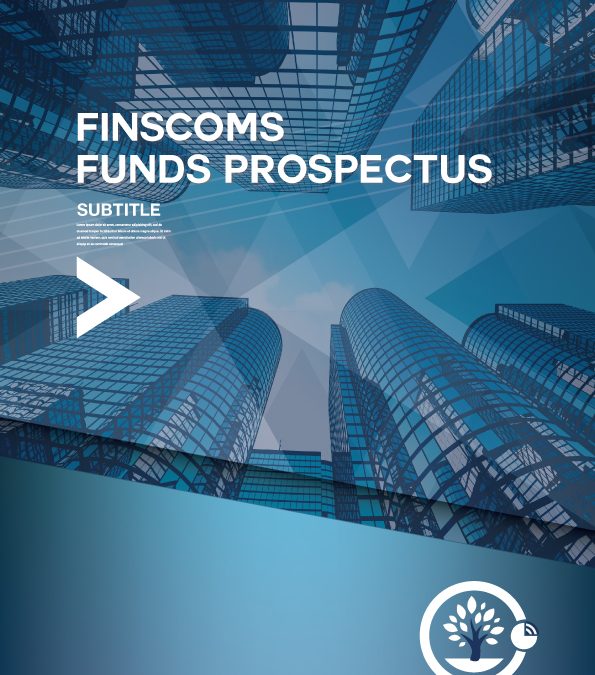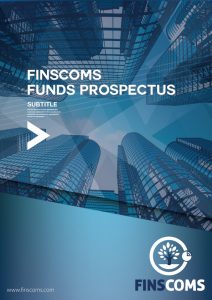
Fund Communications
 A successful fund communicates to stakeholders, to investors, its target audience, updates, its performance, developments, opportunities and so forth. Many funds today simply do not communicate effectively enough nor in the language of the recipient/investor.
A successful fund communicates to stakeholders, to investors, its target audience, updates, its performance, developments, opportunities and so forth. Many funds today simply do not communicate effectively enough nor in the language of the recipient/investor.
Ever asked ‘What is your message?’ ‘Is it compelling, clear and consistent?’ ‘How will your message be communicated or received?’
Communicating with Stakeholders
A fund is required to put out communications to stakeholders to satisfy fiduciary, regulatory and legal obligations. You don’t have to see this as an administrative drudge; you can use these obligations to strengthen your relationship with the investor and other parties. Change your fund communications strategy regarding compliance to an open, transparent and well designed communication to investors. Speak their language, let them see how well the fund is being managed and see the relationship solidify. There is plenty of scope for this;
- NAV publication
- Meeting requirements in relation to Key Investor Information Documents (KIIDS) being provided to investors before they invest in a UCITS
- Publication of semi-annual and annual financial statements
- Shareholder notifications
- Notices for Shareholder General Meetings
- Key performance indicators such as investment performance versus benchmark
The fund’s message must be consistent across all of your mediums to avoid confusion and keep focus on the core message. The smart fund manager will deliver messages about updates and services through social media, the website, intranets, extranets. It is advisable to communicate regularly and stay in line with the investment philosophy and the strategy of the firm, this helps provide a ‘true to label’ comfort level for the client/investor. However Funds must ensure that their communications in fully compliant, as such Finscoms works with our partners to ensure this is the case.
Seeking Investment
Funds are looking to get in front of the widest audience possible not just existing investors. We know the market has changed, we know investors are increasingly proactive, savvy and diligent. Providing prospects with enormous and monotonous pdf prospectuses is not penetrating anymore. Many fund marketers fail to get past the hurdle of initial fund documentation because their marketing materials are lacking critical data, weighed down with unnecessary information and are often viewed as misleading which may leave you the wrong side of compliance.
Institutional investors in alternative assets will receive, on average, 60 prospectuses a quarter with 83% of those failing to slide past the initial filtering stage of due diligence. Less than 0.5% will secure commitment. Simply, this highlights the importance of providing a quality message in the right format.
A fund needs to recognise that investors have become more IT savvy and how they gather their business knowledge has changed. It is more likely now that your message will be read on a smart phone, tablet etc…The investor is proactive in his/her search for opportunities. Fund marketers must rely on reverse solicitation, inbound rather than push communications. Spray and pray communication is not effective.
The fund must be able to meet the investor by communicating across multi channels e.g. smart phones, tablets, pc, financial databases, CRM. The fund’s message must be consistent across all of your mediums to avoid confusion and keep focus on the core message. The smart fund manager will deliver messages about updates and services through social media, the website, intranets, extranets. It is advisable to communicate regularly and stay in line with the investment philosophy and the strategy of the firm, this helps provide a ‘true to label’ comfort level for the client/investor.
In summary
Communications for funds should be focused on brand awareness, opportunities for investors to invest, and client service. Taking control of your communications will be of great benefit. Becoming your own publisher cuts down on printing costs and gives you greater scope for attracting new capital and strengthening existing client relationships.
With an impressive background in Financial Services, our team already speaks your language. We understand the marketplace, current trends, opportunities and guidelines. We’ll communicate your messaging to your target audience in a manner that is simple, efficient, and cost-effective.
For more information click here
Ken Carmody
kmc@finscoms.com




